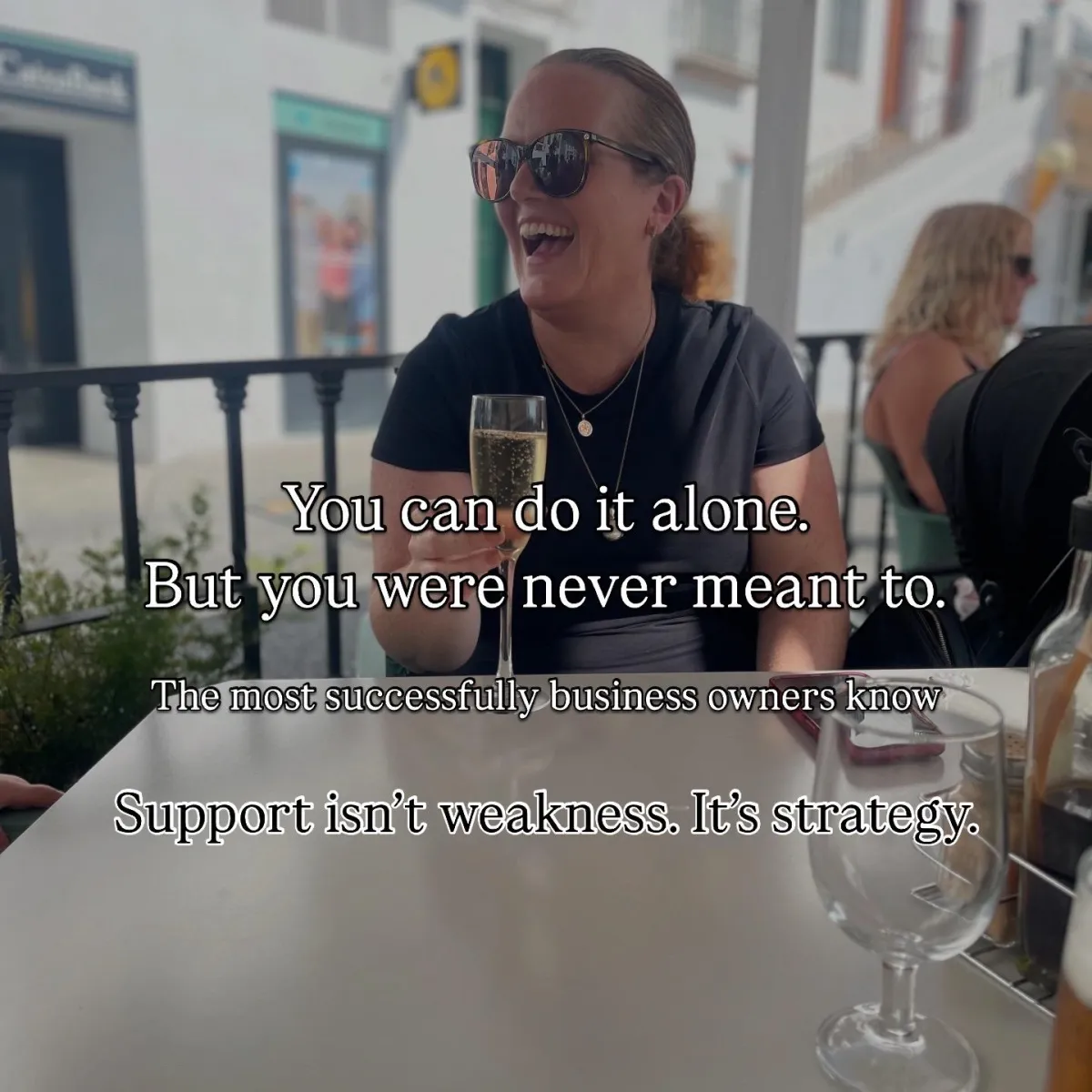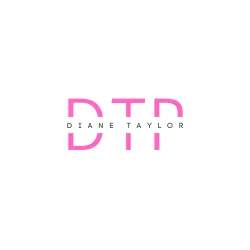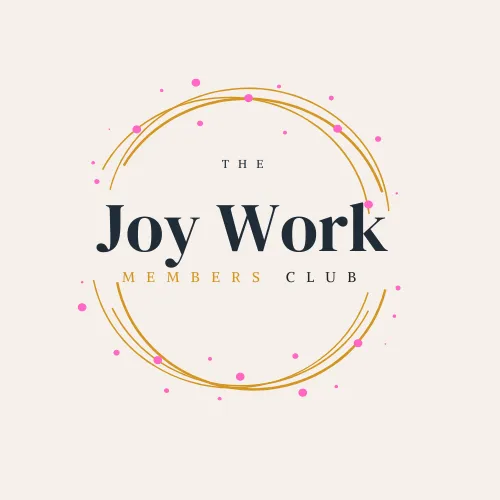Diane Taylor-Parker
Business strategist. Tough love cheerleader. Joy-led mentor.

BLOG

Crafting Your Vision Statement: Envisioning Your Business’s Future
Vision is a critical component of your business’s strategic planning. It describes the desired future state of your business and serves as an inspirational guide for achieving long-term goals. It can go as far as you dare to reach, and can be as big as you dare to dream.
So I wanted to give an insight into why it matters, the key elements of a strong vision and to capture your business's true aspirations. Working on your vision should be fun, inspiring and motivating, don't overcomplicate, overwhelm yourself and get bogged down in the details.
Why having Vision matters
1. Provides Direction:
Vision sets a clear direction for your business. It describes where you want your business to be in the future and serves as a roadmap for achieving that future.
2. Inspires and Motivates:
A compelling vision can inspire and motivate you and your team. It provides a sense of purpose and helps peers, collaborators, freelancers, suppliers and employees understand how their efforts contribute to the business’s long-term goals.
3. Aligns Efforts:
A vision ensures that all efforts are aligned with the business’s long-term goals. It helps in coordinating strategies and actions across different departments and functions.
4. Guides Decision-Making:
A vision serves as a guiding principle for making strategic decisions. It ensures that all decisions are made with the future state of the business in mind.
5. Communicates Aspirations:
A vision communicates your business’s aspirations to stakeholders, including employees, customers, investors, and partners. It helps in building a strong brand identity and creating a shared sense of purpose.
Key Elements of a Vision Statement
1. Future State:
The future state describes the ideal future for your business. It should be ambitious yet achievable, and reflect your business’s aspirations. For example, a future state might be to become the leading provider of sustainable products in your industry.
2. Goals:
Goals are the specific, measurable outcomes that align with your future state. These should be realistic and attainable, and provide a clear path for achieving your vision. For instance, a goal might be to achieve a certain market share or to launch a new product line.
3. Inspirational Aspect:
The inspirational aspect of your vision statement should inspire and motivate your team and stakeholders. It should evoke a sense of excitement and commitment towards achieving the vision.
Steps to Crafting Your Vision Statement
1. Envision Your Future:
Begin by envisioning the future state of your business. Where do you see your business in 5, 10, or 20 years? What does success look like? Write down your thoughts and aspirations.
2. Define Your Goals:
Identify the specific goals that align with your future state. These should be measurable and attainable, and provide a clear path for achieving your vision. Write down your goals and ensure they are realistic.
3. Incorporate Inspiration:
Think about what inspires and motivates you and your team. How can you incorporate this inspiration into your vision statement? Write down the key elements that evoke a sense of excitement and commitment.
4. Draft and Refine:
Combine the elements of future state, goals, and inspiration into a draft vision statement. Review and refine it to ensure clarity, conciseness, and alignment with your business’s aspirations.
Examples of Vision Statements
Tesla: "To accelerate the world's transition to sustainable energy."
Tesla’s vision statement describes its future state (a world transitioned to sustainable energy), goals (accelerating this transition), and inspirational aspect (making a significant impact on global sustainability).
Nike: "To bring inspiration and innovation to every athlete in the world."
Nike’s vision statement highlights its future state (a world where every athlete is inspired and innovative), goals (bringing inspiration and innovation), and inspirational aspect (connecting with every athlete).
The power of your vision, allowing yourself to dream but doing the work to set the goals and be strategic can not be underestimated. It provides direction, inspires and motivates your team, aligns efforts, guides decision-making, and communicates your business’s aspirations.
By envisioning your future state, defining your goals, and incorporating inspiration, you can create a vision statement that truly captures your business’s aspirations and sets the stage for long-term success.
If you would like help working on your vision, how to dream big and work backwards to actually get it done, why not book a discovery call to find out exactly how I can help.... Book a Free Discovery Call
The Podcast
The Joy Work Show -
The Latest Episode
Welcome to The Joy Work Show - the podcast that goes beyond the surface of business right to the heart to explore the real joy and stories behind success - not just the moments of celebration, but the challenges that paved the way for them.
Each week we invite business owners to share their journey through our show and tell - they will reveal
something they love that transformed their work or their life, a book or person that shaped their path
something they think the world could do without - the joy killer.
Together we will explore how joy shows up in unexpected places.

Want More Joy in Your Inbox?
The Joy Journal is my weekly newsletter packed with honest insights, sharp strategy, and a sprinkle of my life and Joy.
No spam. Just real life and tips that helps you move your business forward.
Copyright 2025. All Rights Reserved. Privacy Policy










